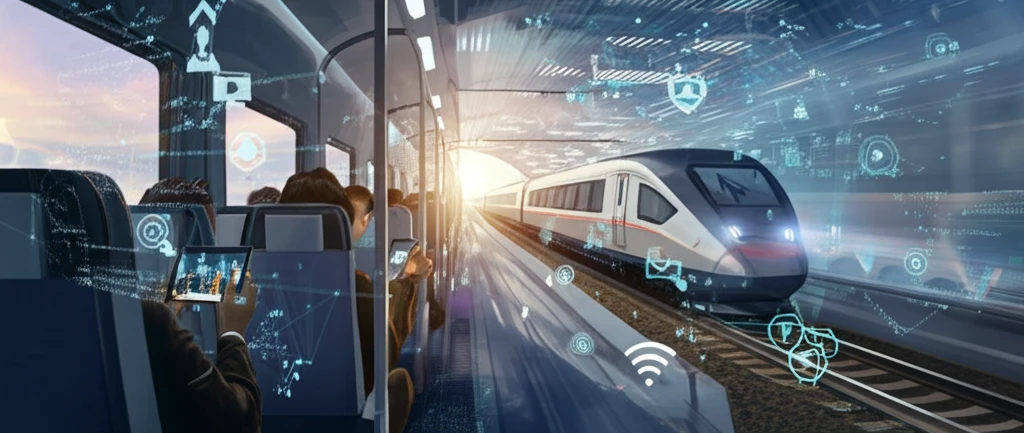
Fast Track Internet: Optimizing Video Streaming on High-Speed Trains
"Discover how innovative tech is making your next train binge-watch smoother than ever."
High-speed rail (HSR) has transformed travel. As more people opt for trains, the demand for onboard entertainment, especially video streaming, is skyrocketing. However, providing stable, high-quality internet on a speeding train presents unique technical challenges.
Imagine trying to binge-watch your favorite show, only for the video to constantly buffer or drop out. This is a common frustration for many train travelers due to the high variability and unpredictability of wireless communications in HSR environments. Researchers are working hard to solve this problem and ensure your entertainment isn't derailed.
One team of researchers has taken a comprehensive approach to this challenge, focusing on improving video streaming using a technique called Dynamic Adaptive Streaming over HTTP (DASH). Their work involves analyzing the specific conditions of HSR networks and developing a system that adapts to these challenges in real-time.
The Challenge of High-Speed Internet

The primary issue is packet loss. During field experiments on real HSR lines, researchers found that packet loss rates can be incredibly high, averaging around 75.9%. This means that a huge portion of the data sent never arrives, leading to interruptions and poor video quality. The fluctuation of packet loss is also significant, making it hard to predict and compensate for.
- High Packet Loss: HSR networks experience significant data loss, disrupting streaming quality.
- Unpredictability: The rate of packet loss varies, making it difficult to optimize video streaming in real-time.
- Scalability: Solutions need to handle a growing number of users without sacrificing performance.
The Future of On-the-Go Entertainment
This research offers a promising step toward improving the video streaming experience on high-speed trains. By addressing the unique challenges of HSR networks and using adaptive optimization techniques, it paves the way for smoother, more enjoyable journeys. So, next time you’re on a train, you can thank these researchers for helping ensure your binge-watching session stays on track.
